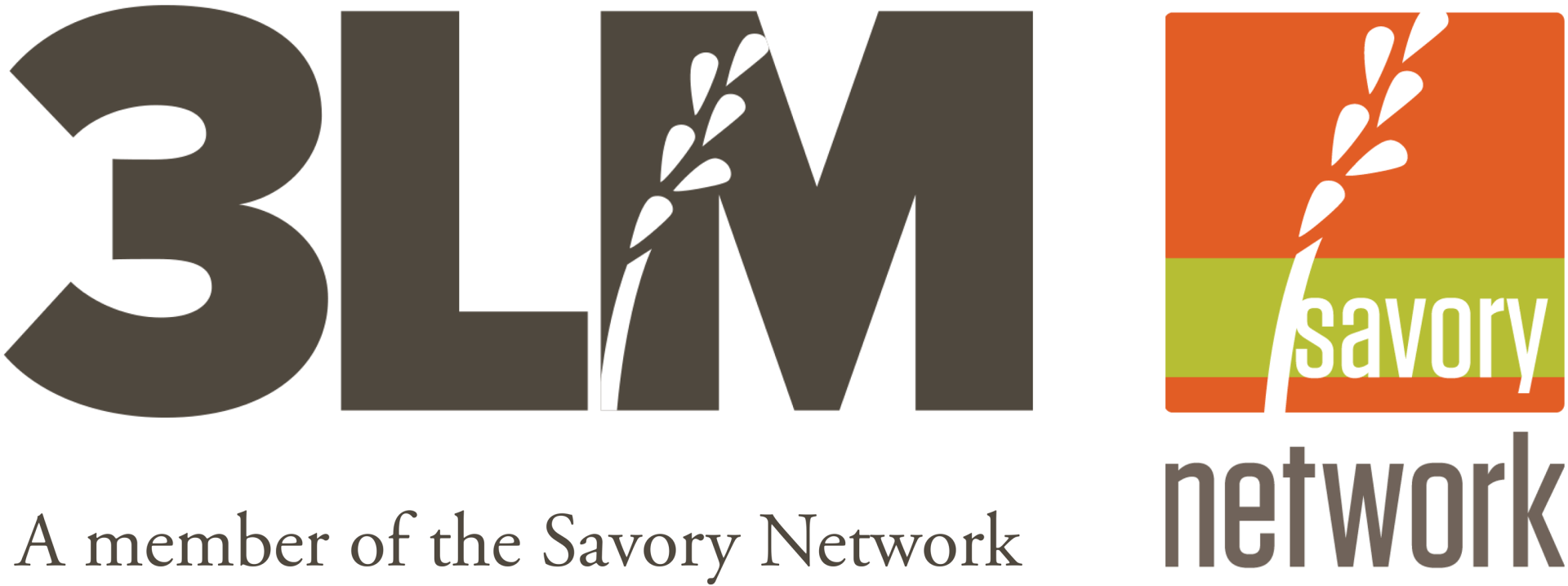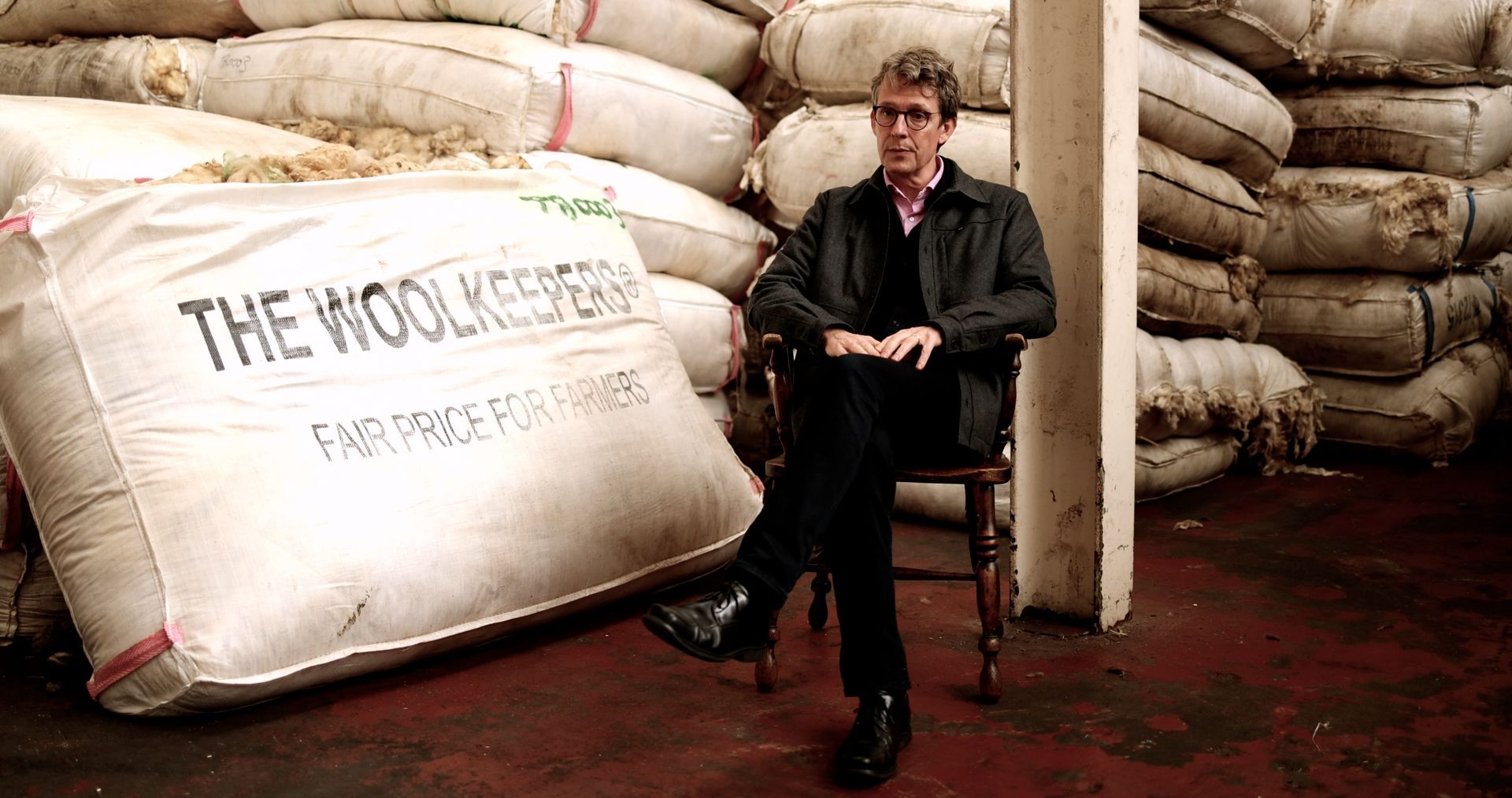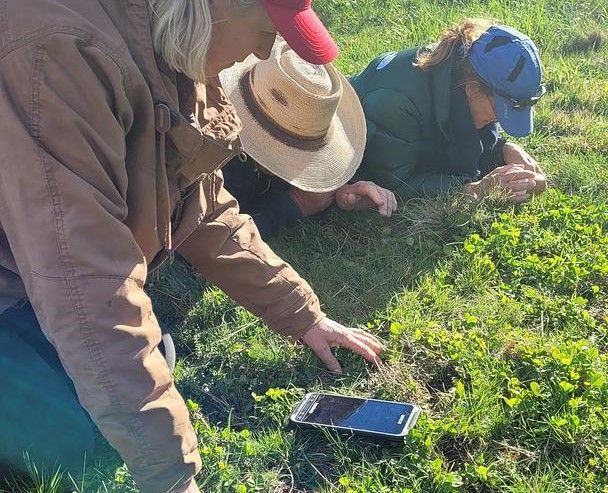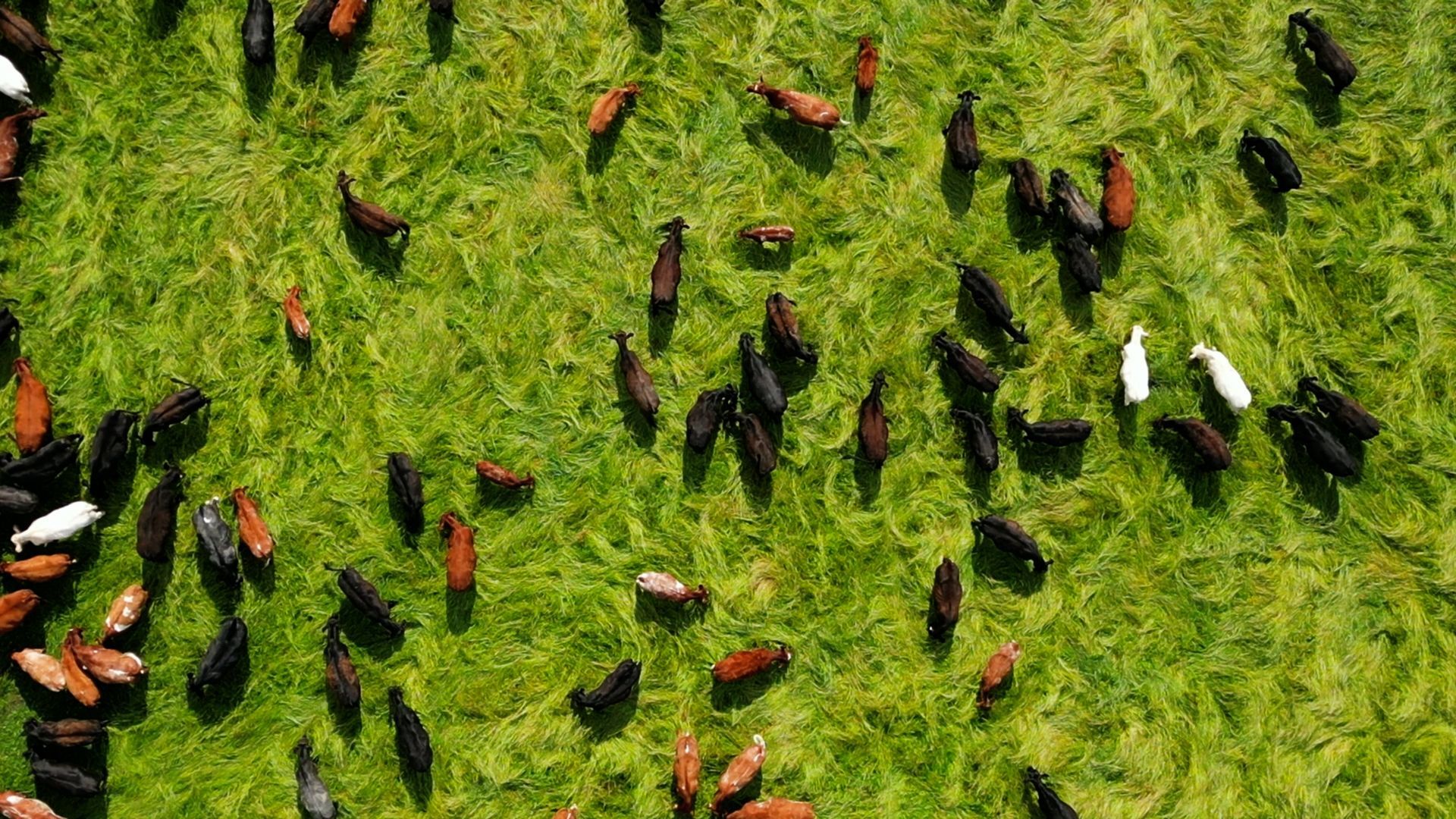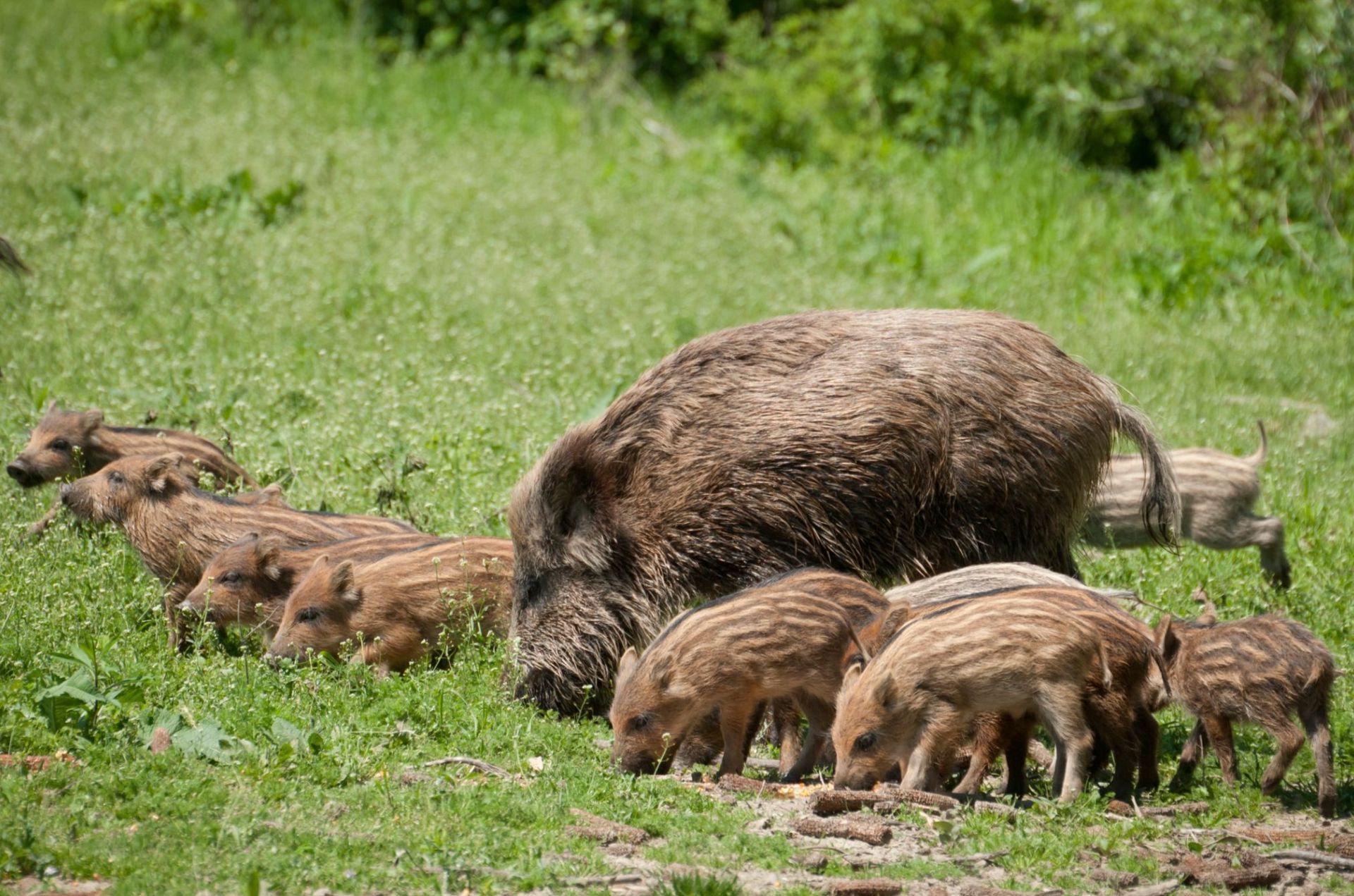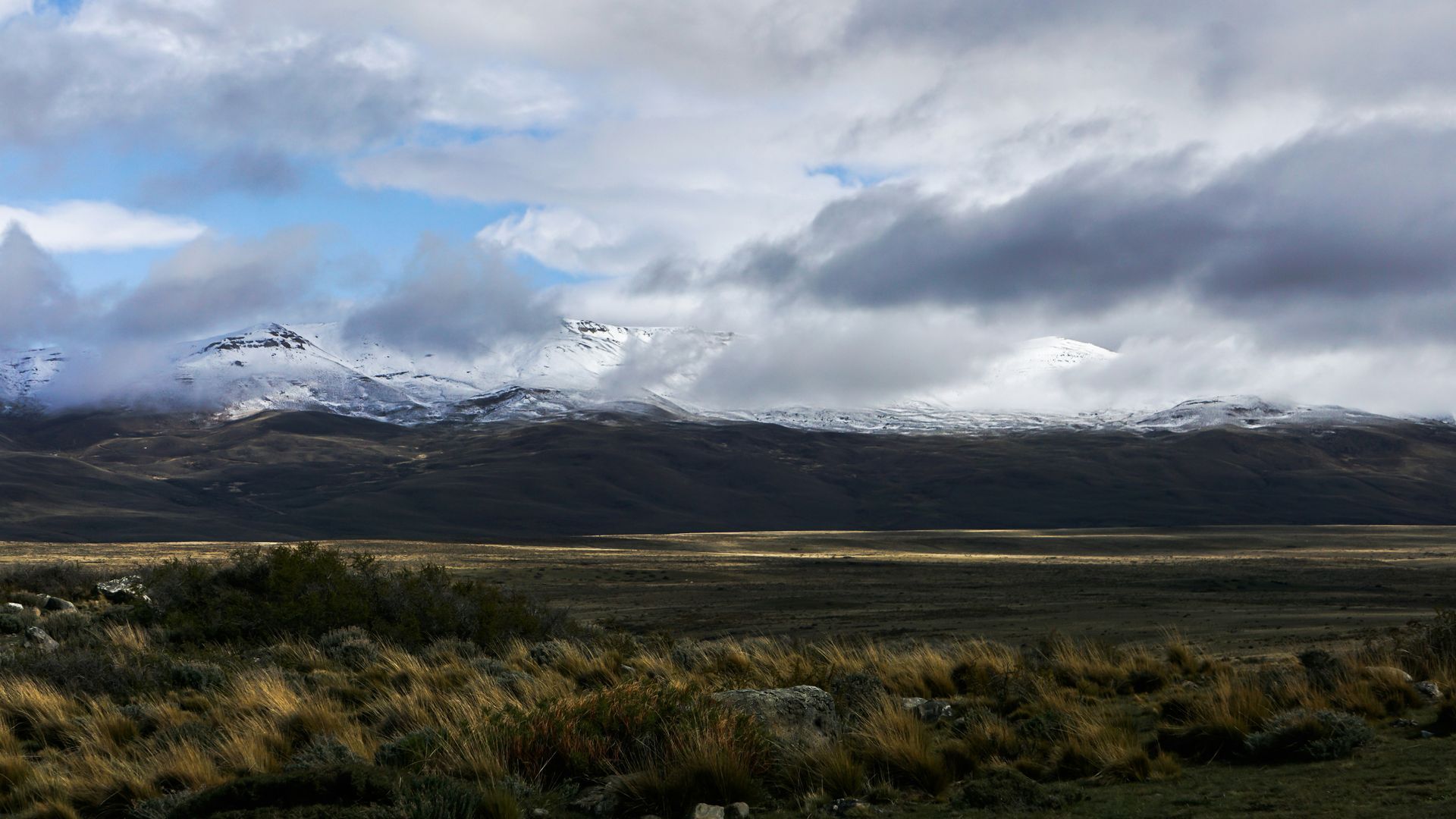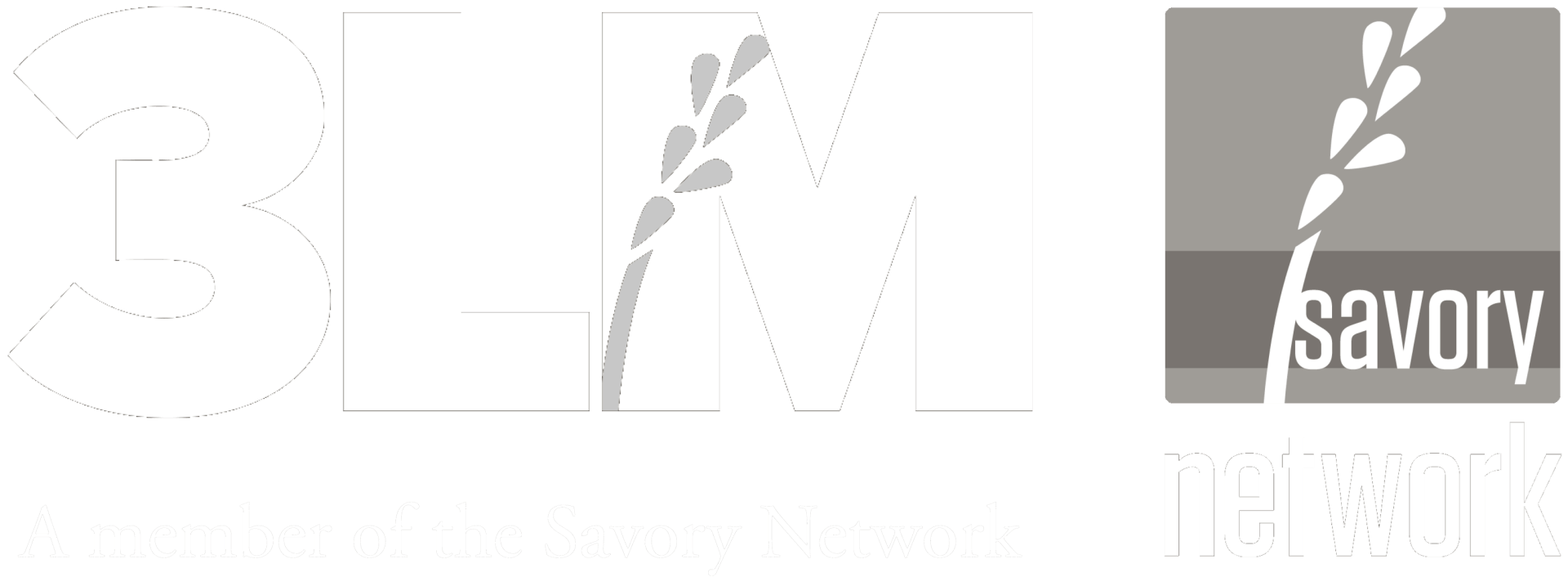A Historic Shift: Major Supply Chain Player Embeds Holistic Management for Lasting Change
How Jo Dawson brought his family's historic wool trading business into the future.
Above: Jo Dawson, the CEO of H Dawson (HD Wool), in the warehouse where wool is graded, stored, and shipped to customers.
Regenerative Wool: The Future of Sustainable Farming
As more consumers seek out sustainable choices, wool is proving to be much more than just a natural fibre. When managed properly, it can play a vital role in a regenerative system—one that enhances the land, supports livelihoods, and fosters a truly circular economy.
Jo Dawson, CEO of HD Wool, has long recognised this potential. Like many in the industry, he grappled with the challenge of adding meaningful value to wool. That all changed when he met Allan Savory in 2010. Their conversation was a turning point—one that sparked Jo’s interest in Holistic Management and the power it holds to transform land, businesses, and supply chains for the better.
The brands structure and own quality assurance scheme
Jo Dawson oversees the historic wool trading business H. Dawson, which has been a global leader in the industry since 1888. For 137 years and counting H. Dawson continues to innovate, championing wool as a truly sustainable resource.
In 2005, HD Wool was founded as an innovative materials company specialising in high-performance, non-woven wool insulation for apparel and other applications. Building on H. Dawson’s extensive experience, HD Wool is dedicated to creating sustainable, biodegradable insulation solutions that naturally regulate temperature and manage moisture. The company is committed to full traceability and ethical sourcing, with a goal of ensuring 100% of its wool comes from Woolkeepers® farmers certified to the Responsible Wool Standard by 2030.
The Woolkeepers® initiative is both a quality assurance platform and a community, designed to uphold transparency and integrity in wool production. By connecting farmers, manufacturers, and consumers, it ensures a verified supply chain that prioritises high standards of animal welfare, environmental conservation, and fair pricing. Supporting regenerative farming and providing full traceability from farm gate to factory door, Woolkeepers® guarantees that every fibre is sourced and processed responsibly.
Yet something was still missing—a guiding framework that could bring all these elements together into a truly regenerative model. That missing link was Holistic Management.
Holistic Management and the Path to Regeneration
Holistic Management, developed by Allan Savory, is a practical framework that helps farmers and land managers make decisions that benefit their soil, livestock, and business as a whole. It creates a shared language and a structured approach to achieving clear, long-term outcomes. For Jo, this meant going beyond simply trading high-quality wool; it became about ensuring that the land it comes from is in a state of regeneration.
Since integrating Holistic Management into HD Wool, Jo has seen remarkable improvements across the business. By aligning wool production with regenerative farming principles, HD Wool has been able to create a supply chain that is not only more sustainable but also more profitable. The company is now at the forefront of a new era in wool trading, where economic success goes hand in hand with environmental restoration.
Jo was inspired by the idea that farming could have a positive impact on the landscape, not just sustain it. He realised that wool’s true value wasn’t just in its natural properties—renewability, biodegradability, and durability—but in how it could be produced as part of a virtuous cycle. By supporting regenerative farming, wool could become a material that not only benefits consumers but also restores the land it comes from.
This commitment isn’t just personal—Jo is putting the entire HD Wool team through Holistic Management training with 3LM, embedding its principles across the company. By ensuring that everyone within HD Wool understands and applies these concepts, he is helping to drive a systemic shift in how wool is sourced, valued, and marketed. The result? A business that is more resilient, future-proofed, and trusted by customers who demand verified environmental impact.

EOV: Measurable, Verified Regeneration
In an era of greenwashing, consumers want more than just promises—they want proof. That’s where Ecological Outcome Verification (EOV) comes in.
EOV is an independent, science-based monitoring system that tracks real improvements in land health over time. It provides concrete evidence that regenerative practices are working, ensuring accountability and transparency. By adopting EOV, HD Wool can confidently offer a verified regenerative product, setting it apart in the market and future-proofing its business as consumer expectations evolve.
This also aligns HD Wool with Land to Market, the Savory Institute’s initiative that connects verified regenerative producers directly to brands committed to sourcing responsibly.
Building a Truly Circular Economy
The potential for regenerative wool goes far beyond simply improving farmland—it extends throughout the entire supply chain. By creating direct links between farmers and end-users, Jo and his team are building a traceable, transparent model in which every stage adds genuine value.
Regenerative wool doesn’t just blend into the commodity market—it becomes part of a story that consumers can connect with, making it a premium product with a meaningful impact.
Holistic Management and EOV are still in the early stages for many in the wool industry, but the direction is clear. Consumers are demanding more than mere sustainability claims—they want proof that their purchases contribute to real, positive change. And for businesses like HD Wool, that’s not a challenge—it’s an incredible opportunity.
Want to See This in Action?
This is just the beginning. To see how Holistic Management, EOV, and regenerative wool are reshaping the future of farming and wool trading, watch our latest film. It delves deeper into the process, the challenges, and the real-world impact of this approach.
Wool isn’t just a fibre—it’s a force for regeneration. And with the right tools and mindset, the future's looking brighter than ever.
To learn more about HD Wool See the website here:

